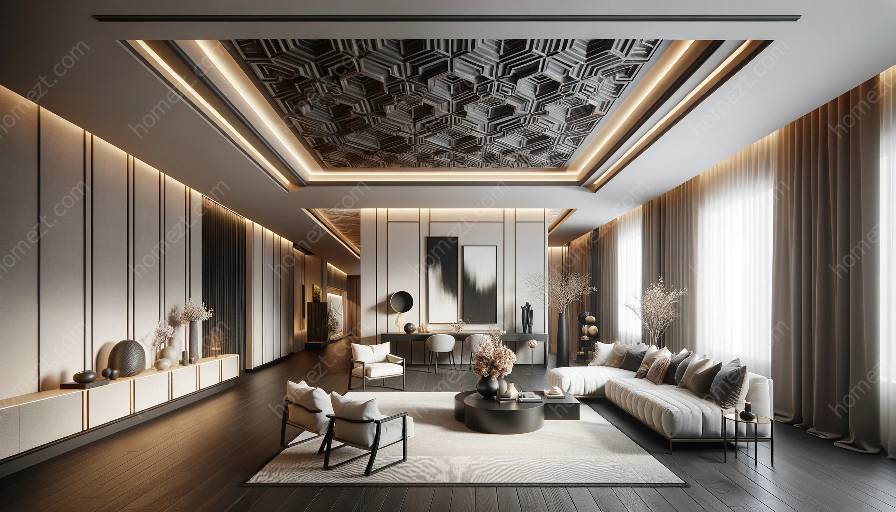A statement ceiling is a powerful design element that can transform a space, elevating it from ordinary to extraordinary. By integrating historical and cultural influences into statement ceiling design, you can create a deeply impactful and meaningful decorative element that resonates with the character of the space and its occupants.
Historical Influences on Statement Ceiling Design
The concept of statement ceilings has been present throughout history, with various civilizations using ceilings as a canvas to reflect their values, beliefs, and aesthetics. One of the earliest examples of architectural ceiling design can be traced back to ancient Egypt, where hieroglyphs, symbolic imagery, and elaborate patterns adorned the ceilings of temples and tombs. These designs served not only as decorative elements but also as expressions of religious and cultural significance.
Renaissance and Baroque Eras: During the Renaissance and Baroque periods in Europe, statement ceilings became synonymous with opulence and grandeur. Elaborate frescoes, ornate moldings, and gilded decorations adorned the ceilings of palaces, churches, and public buildings, reflecting the wealth and power of the ruling elite.
Art Nouveau and Art Deco Movements: In the late 19th and early 20th centuries, the Art Nouveau and Art Deco movements introduced a new wave of artistic expression in ceiling design. Organic forms, intricate geometries, and luxurious materials were incorporated into statement ceilings, reflecting the era's embrace of modernity and innovation.
Cultural Influences on Statement Ceiling Design
Cultural influences play a significant role in shaping statement ceiling design, as they provide a rich tapestry of artistic motifs, patterns, and symbolism that can be integrated into contemporary spaces.
Islamic Architecture: The intricate geometry and ornate patterns found in traditional Islamic architecture have inspired statement ceiling designs around the world. The use of arabesque motifs, muqarnas, and geometric patterns create stunning visual impact and evoke a sense of timeless beauty and craftsmanship.
Asian Design Traditions: From the intricate wood carvings of Chinese architecture to the minimalist elegance of Japanese design, the cultural heritage of Asia offers a wealth of inspiration for statement ceiling design. Symbolism, balance, and harmony are central to Asian design traditions, influencing the use of colors, materials, and decorative elements in ceiling design.
African and Indigenous Influences: The diverse cultures and indigenous traditions of Africa and other regions offer a rich source of inspiration for statement ceiling design. Vibrant colors, bold patterns, and natural materials reflect the connection to the land and the celebration of heritage and identity.
By integrating historical and cultural influences into statement ceiling design, you can create a powerful and resonant decorative element that speaks to the essence of a space. Whether you draw inspiration from ancient civilizations, classical periods, or diverse cultural traditions, your statement ceiling can become a visual narrative that enriches the experience of the space and its inhabitants.
When creating a statement ceiling, consider the historical and cultural context of your design, and explore ways to integrate meaningful elements that reflect the identity of the space and its occupants. Whether through intricate patterns, symbolic motifs, or material choices, historical and cultural influences can infuse your statement ceiling with depth, richness, and visual impact. Embracing the historical and cultural influences on statement ceiling design allows you to transform your space into a living story, connecting the past with the present and shaping the experience of the future.






































